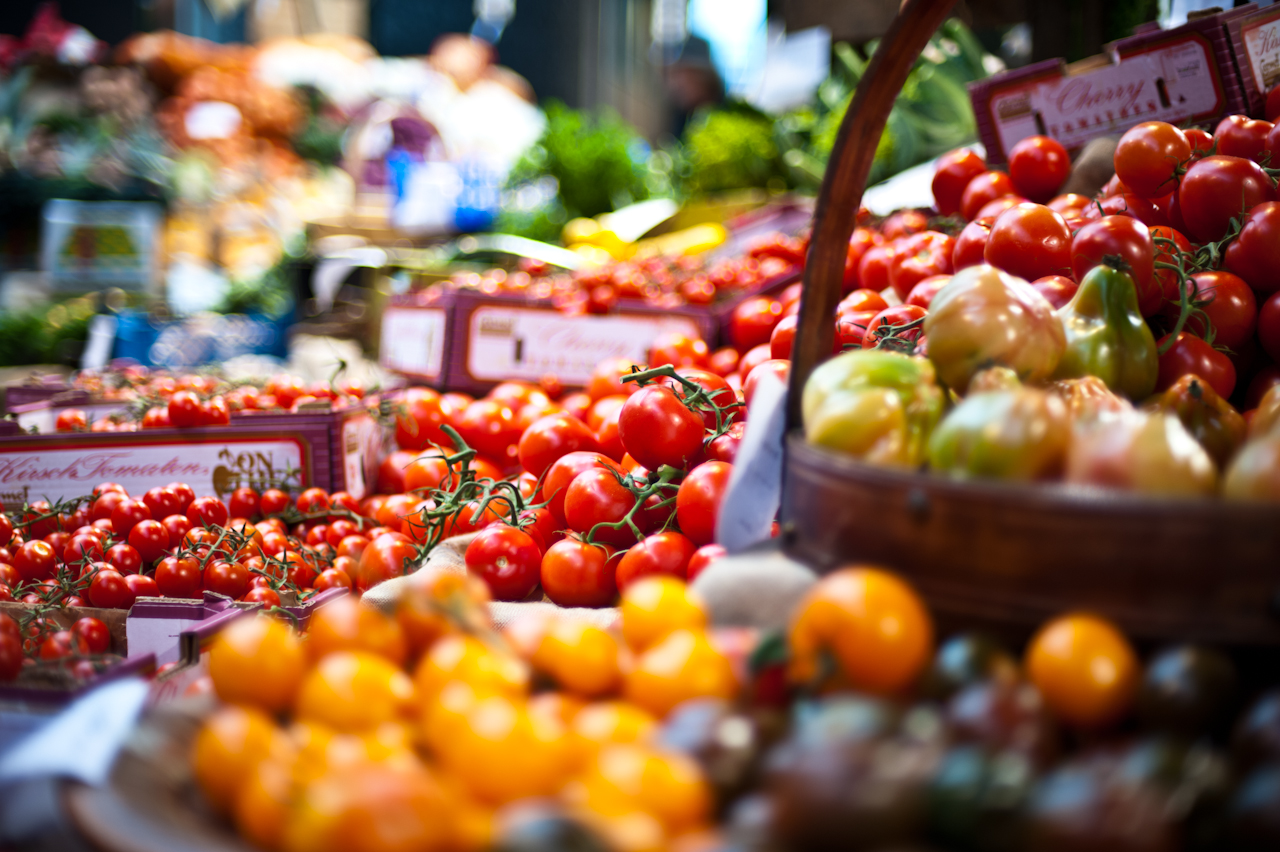When I first heard this oxymoronic phrase, images of caviar and French pastries, or exclusive restaurants in Washington D.C. rolled across my imaginary screen.
Where the "posh of the posh" rub shoulders !
Yet when reading internet discussions about poverty in America, posters rather include anything from leaner cuts of beef or seafood prepared at home, to yogurt, brown rice, breads that have higher fiber content and therefore cost more, or fresh fruits and vegetables.
These are not luxury items, however. They are basic, real food items commonplace to a balanced diet, and with prices inflated relative to people’s ability to pay. Here are more thoughts on some of the mentioned examples:
Yogurt
Seafood
Apart from vegetarian diets, meat-eaters should consume at least two servings or more per week of seafood (fish or shellfish). With higher mercury content seafood (such as larger fish in the food chain) restricted to once a week out of all seafood selections. Ironically, the less expensive chunk tuna is safer than albacore. (Canned in water for either.)
With red meat, it can be healthier to buy a more expensive, leaner cut, and have smaller portions. Stir fry dishes and wraps/burritos are a good way to stretch these portions. Indeed, for real dollar stretching, you can forget about purchasing the tortilla wraps, and use a healthier, more economical cabbage leaf with all kinds of combinations for stuffing.
Courtesy of See Michelle Cook
Bread
With bread, it is almost pointless to buy these less expensive loaves so bereft of nutritional value. Brown rice and other whole grains like oatmeal can help fill in the spaces for a more expensive loaf purchased less often, and with much more health punch per dollar. Or people can bake their own loaves, with some practice (yeast, the initially more costly item).
Courtesy of Marion's Kochbuch (English Version)
Lastly, “comfort” food is an important part of anyone’s diet or health. In a New York Times article about American poverty in the last couple of years, I was appalled to see a woman on the Food Program videotaped crying her heart out because she believed that boxed cereal was off-limits. First of all, it not an off-limits Food Program item. Secondly, while there may be more economically sensible choices (non-instant oatmeal, for example), clearly boxed cereal is a comfort food to this person. The image of her crying about her cereal stayed with me for a long time. Who was telling this poor woman not to get her cereal? Of course, she has budgeting considerations, but shoppers should, indeed, be taking their psychological health into consideration when prioritizing. If she is that upset about her cereal, she should go ahead and buy herself some. Psychological health and well-being is an integral part of one's physical health, too. Couldn't someone just give this woman some boxes of her beloved cereal?
Children need to be treated to things like ice cream every now and then. No one should be “made” to feel poor. These little treats help children feel like they are part of the real world, and not about to fall off the edge of the planet. Families should be having real meals, and all together on a regular basis, with common American fare, like ice cream from time to time, as well. Apart from the diabetes issue, and people eating junk and only junk, all the time.
Final Thoughts On Stretching Dollars & Health
If you are stretching food dollars and health, it is helpful to think in terms of meals. Although some people recommend using a very limited amount of food funds on fresh fruits and vegetables, this can depend on what part of the country you are living in. For example, foraging is on the rise, along with people sharing out of gardens. It may be wiser to buy larger quantities of better meats, if possible, breaking them down with freezer bags. Consider, too, what fishing and hunting options are available in your area, and what food products your local food bank is usually stocking.




No comments:
Post a Comment